Home>Maintenance & Safety>Safety Equipment & Products>How To Childproof A Balcony
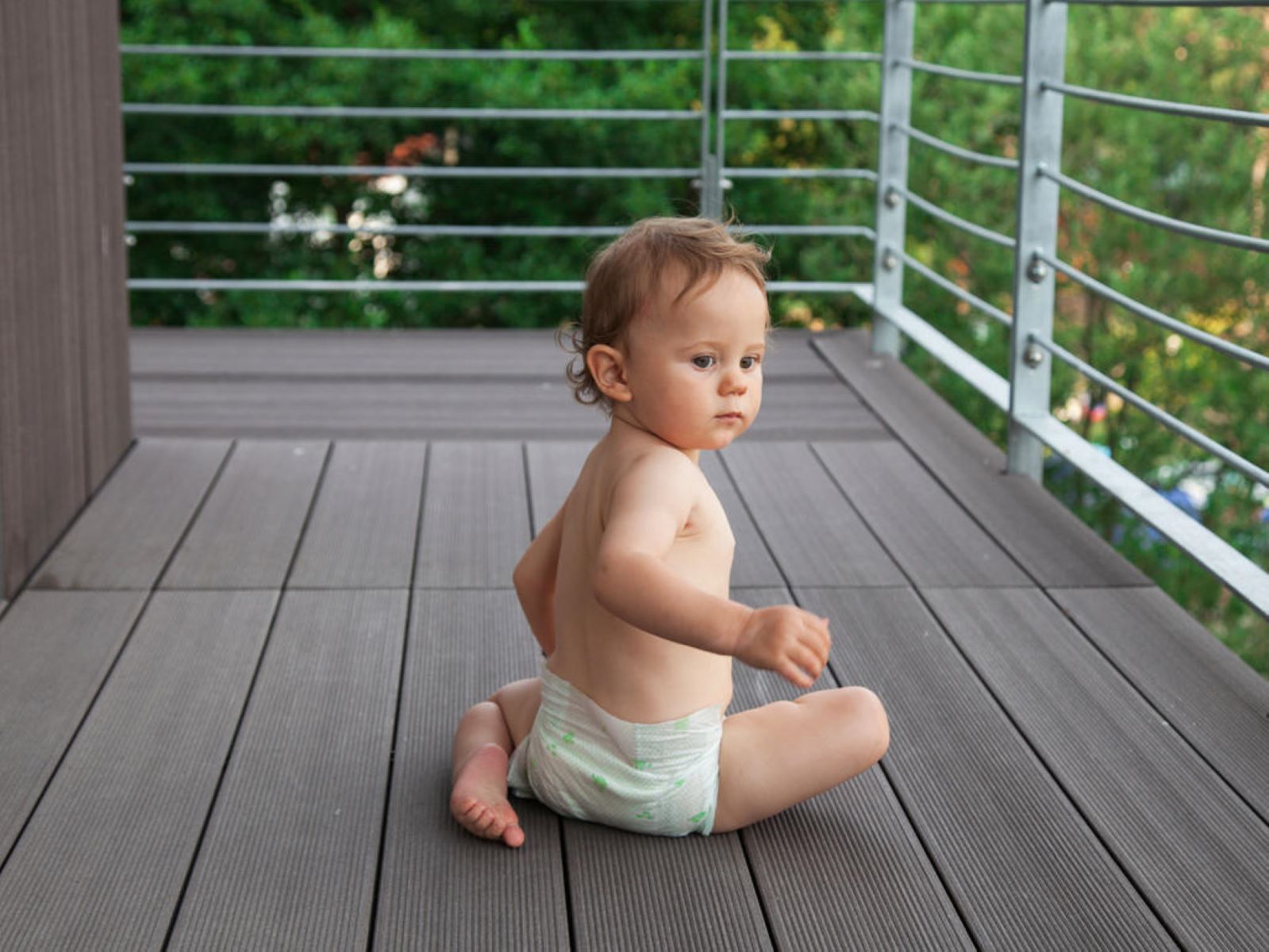

Safety Equipment & Products
How To Childproof A Balcony
Modified: January 9, 2024
Learn how to childproof your balcony with the best safety equipment and products. Keep your little ones safe and secure outdoors.
(Many of the links in this article redirect to a specific reviewed product. Your purchase of these products through affiliate links helps to generate commission for Storables.com, at no extra cost. Learn more)
Introduction
Welcome to the world of parenting, where ensuring your child’s safety is a top priority. If you’re lucky enough to have a balcony, you know it’s the perfect spot to enjoy some fresh air and take in the view. However, it’s essential to childproof this outdoor space to provide a safe environment for your little one to explore. In this guide, we’ll walk you through the steps to childproof your balcony, ensuring that it remains a delightful and secure area for the whole family to enjoy.
Childproofing a balcony involves a combination of careful assessment, strategic installations, and thoughtful design choices. By taking the necessary precautions, you can create a space that offers both freedom and safety for your child. Let’s delve into the essential aspects of childproofing a balcony, from assessing the area to choosing the right safety gates and balcony flooring options. We’ll also explore how to secure furniture, select child-friendly plants, and maintain the balcony’s railings and barriers. By implementing these measures, you can transform your balcony into a secure and inviting space for your child to play and explore.
Join us as we embark on this journey to create a safe and enjoyable balcony environment for your family. By the end of this guide, you’ll have the knowledge and confidence to childproof your balcony effectively, providing peace of mind as your child experiences the wonders of the great outdoors from the safety of your home.
Key Takeaways:
- Childproofing a balcony involves assessing the structure, installing safety gates, securing furniture, and choosing child-friendly plants to create a safe and enjoyable outdoor space for your little one to explore.
- Regular safety checks are crucial for maintaining a secure balcony environment, ensuring that potential hazards are promptly identified and addressed to uphold a consistent standard of safety for your child.
Read more: What Makes Childproof Containers Childproof?
Assessing the Balcony
Before diving into the childproofing process, it’s crucial to thoroughly assess your balcony to identify potential hazards and risks. Start by examining the balcony’s structure, including the flooring, railings, and any protruding elements. Look for gaps or openings in the railings that could pose a falling hazard for small children. Additionally, check for any sharp edges or corners that may need to be addressed to prevent injuries.
Assess the overall condition of the balcony flooring. Ensure that there are no loose tiles, splinters, or protruding nails that could cause tripping or injuries. If your balcony has a solid floor, inspect it for any signs of wear and tear, such as cracks or uneven surfaces. Addressing these issues will contribute to creating a safer environment for your child to play and explore.
Consider the layout and size of your balcony. If it’s spacious, you may have more flexibility in terms of furniture placement and play areas. However, smaller balconies require careful planning to optimize the available space while maintaining safety. Keep in mind that the goal is to create a secure environment that allows your child to enjoy the outdoors without unnecessary risks.
Assess the surroundings outside the balcony as well. Are there any nearby structures, trees, or objects that could pose a potential hazard to your child? Being aware of the external environment will help you anticipate and address any additional safety concerns.
By conducting a thorough assessment of your balcony, you’ll gain valuable insights into the specific areas that require attention during the childproofing process. This initial step sets the stage for implementing targeted safety measures that align with the unique characteristics of your balcony, ensuring a comprehensive approach to childproofing.
Installing Safety Gates
One of the most effective ways to childproof a balcony is by installing safety gates at key access points. Safety gates act as barriers, preventing young children from wandering onto the balcony unsupervised. When selecting safety gates, opt for models specifically designed for outdoor use, ensuring that they are weather-resistant and durable. These gates are typically made from materials such as metal or sturdy plastic, offering reliable protection for your child.
Before installing safety gates, carefully measure the width of the balcony entrance or opening to determine the appropriate gate size. Choose gates that can be securely mounted or attached to the balcony structure, providing a stable barrier that cannot be easily dislodged by a curious child. Ensure that the gates are installed at a height that prevents climbing, typically at least 3 feet high, to effectively restrict access to the balcony.
When positioning the safety gates, consider the layout of your balcony and the potential areas where your child may play or explore. It’s essential to install gates at all entry points to the balcony, including doors and stairways. By creating a secure perimeter, you can confidently allow your child to enjoy the balcony space while minimizing the risk of falls or accidents.
Keep in mind that safety gates should be easy for adults to open and close but secure enough to withstand the curiosity and strength of a child. Look for gates with childproof latches or mechanisms that can be operated by adults with minimal effort. Regularly inspect the gates to ensure that they remain in good condition and continue to provide reliable protection for your child.
By installing safety gates, you can establish a safe and controlled environment on your balcony, allowing your child to experience the joys of outdoor play under your watchful eye. These gates offer peace of mind, knowing that your child can explore the balcony space safely while enjoying the fresh air and sunshine.
Securing Furniture and Decor
When childproofing your balcony, it’s essential to secure the furniture and decor to prevent accidents and injuries. Start by evaluating the layout of your balcony and identifying any potential hazards posed by furniture, such as tables, chairs, and planters. Consider the placement of these items and how they may impact your child’s ability to move freely and safely on the balcony.
Anchor or secure any large or heavy furniture to prevent tipping or toppling. Use furniture straps or anchors to attach tables and chairs to the balcony floor or railing, ensuring that they remain stable and secure. This precaution is especially important for items that could cause injury if they were to fall on or trap a child.
When selecting decor for your balcony, prioritize child-friendly options that are safe and durable. Avoid items with sharp edges, small detachable parts, or delicate materials that could pose a choking or injury risk to young children. Opt for sturdy, lightweight decor that can withstand outdoor conditions and is resistant to tipping or falling over.
Consider the placement of potted plants and ensure that they are positioned securely to prevent accidental tipping or spilling of soil. Choose planters with a wide and stable base, and consider using plant hangers or hooks to suspend them from the balcony railing, out of reach of young children. Additionally, be mindful of the types of plants you select, opting for non-toxic varieties that are safe in case of accidental contact or ingestion.
Regularly inspect the furniture and decor on your balcony to ensure that they remain secure and free from potential hazards. As your child grows and becomes more mobile, periodically reassess the layout and arrangement of items to maintain a safe and child-friendly environment.
By taking proactive measures to secure furniture and decor, you can create a welcoming and secure balcony space where your child can play and explore without unnecessary risks. These precautions contribute to a safe and enjoyable outdoor environment for the whole family to enjoy.
Balcony Flooring Options
Choosing the right flooring for your balcony is a crucial aspect of creating a safe and comfortable outdoor space for your child. The flooring material not only contributes to the aesthetic appeal of the balcony but also plays a significant role in ensuring a secure and child-friendly environment.
If your balcony has a solid floor, such as concrete or wood, it’s essential to assess its condition and address any potential hazards. Smooth out any rough surfaces, fill in gaps or cracks, and ensure that the flooring is level and free from tripping hazards. Consider adding outdoor rugs or mats to provide a soft and cushioned surface for your child to play on, reducing the risk of injuries from falls.
If you’re looking to upgrade the flooring of your balcony, consider child-friendly options such as interlocking deck tiles made from durable, weather-resistant materials. These tiles are easy to install and provide a safe and stable surface for outdoor play. Look for non-slip options to minimize the risk of slips and falls, especially during wet or rainy weather.
Another popular flooring option for balconies is artificial turf, which offers a soft and natural-looking surface for children to play on. Artificial turf is easy to maintain, provides cushioning for falls, and creates a welcoming outdoor environment for your child to enjoy. Ensure that the turf is securely installed and free from any sharp or protruding edges that could pose a safety risk.
When selecting balcony flooring, prioritize materials that are easy to clean and maintain, as well as resistant to weather-related damage. Regularly inspect the flooring for signs of wear and tear, and address any issues promptly to maintain a safe and inviting space for your child to explore.
By choosing the right flooring options for your balcony, you can create a secure and enjoyable outdoor environment for your child to play and relax. The flooring not only enhances the visual appeal of the balcony but also contributes to a safe and comfortable space where your child can experience the wonders of outdoor play.
Install safety netting or mesh around the balcony to prevent children from falling through the gaps. Make sure the netting is securely attached and has small enough holes to prevent climbing.
Read more: How To Childproof Windows
Safe Plant and Flower Choices
Introducing greenery and floral elements to your balcony can create a vibrant and inviting space for your child to explore. However, it’s essential to select plants and flowers that are safe and non-toxic, minimizing the risk of accidental ingestion or contact-related allergies. When choosing greenery for your balcony, opt for child-friendly options that add beauty to the space while prioritizing safety.
Consider incorporating low-maintenance plants such as spider plants, snake plants, and peace lilies, which are known for their air-purifying properties and are safe for children and pets. These plants are resilient and can thrive in outdoor balcony environments, adding a touch of greenery without posing a risk to your child’s well-being.
When selecting flowering plants, choose varieties that are non-toxic and safe for children. Marigolds, petunias, and impatiens are colorful and vibrant options that can brighten up your balcony while being safe for curious little hands. Avoid plants with thorns, prickly leaves, or toxic berries, and prioritize species that are known to be child-friendly and non-toxic.
It’s important to educate your child about the plants on the balcony and establish boundaries regarding touching or consuming them. Teach them to appreciate the beauty of the plants while emphasizing the importance of not ingesting any part of the greenery. By instilling this awareness, you can create a safe and enjoyable environment for your child to interact with nature.
Regularly inspect the plants and flowers on your balcony to ensure that they remain healthy and free from pests or diseases. Prune and maintain the greenery as needed, keeping it in optimal condition for your child to appreciate and enjoy.
By selecting safe and child-friendly plant and flower choices, you can create a welcoming and vibrant balcony environment that stimulates your child’s curiosity and appreciation for nature. These green additions contribute to a harmonious and secure outdoor space for your family to relish.
Balcony Railings and Barriers
The balcony railings and barriers play a critical role in ensuring the safety of your child in outdoor spaces. These elements serve as protective boundaries, preventing falls and providing a secure environment for your child to explore. When childproofing your balcony, it’s essential to assess the condition and effectiveness of the railings and barriers, ensuring that they meet safety standards and pose no risks to your child.
Start by inspecting the height and spacing of the balcony railings. The gaps between railings should be narrow enough to prevent a child from slipping through or getting stuck. Ideally, the spacing should be less than 4 inches to ensure that small children cannot fit through the openings. If the existing railings do not meet this requirement, consider installing additional barriers or mesh to close off the gaps and enhance safety.
Ensure that the railings are sturdy and well-maintained, capable of withstanding the weight and pressure of an active child. Tighten any loose screws or fasteners, and repair any damaged or weakened sections to reinforce the structural integrity of the railings. Regularly inspect the railings for signs of wear and tear, addressing any issues promptly to maintain a secure environment for your child.
Consider adding transparent or mesh barriers to the lower sections of the railings to provide an extra layer of protection, especially for younger children. These barriers can effectively prevent climbing and reduce the risk of accidents without obstructing the view or compromising the aesthetic appeal of the balcony.
If your balcony features decorative elements such as ornamental barriers or lattice work, ensure that they are securely attached and free from sharp edges or protruding parts that could pose a safety hazard. Regularly inspect these decorative features to ensure that they remain intact and child-friendly.
By prioritizing the safety and integrity of balcony railings and barriers, you can create a secure and reassuring outdoor space for your child to explore. These measures contribute to a safe and enjoyable environment, allowing your child to experience the wonders of outdoor play while providing you with peace of mind.
Regular Safety Checks
Consistent and thorough safety checks are essential for maintaining a secure and child-friendly balcony environment. By incorporating regular safety inspections into your routine, you can identify and address potential hazards, ensuring that the balcony remains a safe and enjoyable space for your child to explore.
Start by establishing a schedule for conducting safety checks, aiming for regular assessments to coincide with seasonal changes and weather patterns. During these inspections, carefully examine all aspects of the balcony, including the flooring, railings, furniture, and decor. Look for signs of wear and tear, damage, or any new safety concerns that may have emerged since the last inspection.
Check the stability and condition of the safety gates, ensuring that they remain securely in place and free from any defects that could compromise their effectiveness. Test the latches and mechanisms to confirm that they are functioning correctly and continue to provide reliable protection for your child.
Inspect the balcony flooring for any signs of damage, such as cracks, uneven surfaces, or loose tiles. Address any tripping hazards promptly and consider refreshing the outdoor rugs or mats to maintain a cushioned and safe play area for your child.
Examine the furniture and decor, paying attention to the stability of the items and their potential impact on child safety. Secure any loose or wobbly furniture, and ensure that the decor remains child-friendly, free from sharp edges or small detachable parts that could pose a risk to your child.
Regularly assess the condition of the plants and flowers on your balcony, checking for any signs of wilting, pests, or overgrowth. Trim and maintain the greenery as needed, ensuring that it remains safe and appealing for your child to interact with.
Conduct thorough checks of the balcony railings and barriers, verifying their stability and integrity. Look for any signs of rust, corrosion, or damage, and address these issues promptly to maintain a secure perimeter for your child to play within.
By incorporating regular safety checks into your balcony maintenance routine, you can proactively identify and address potential hazards, creating a secure and welcoming outdoor space for your child. These inspections contribute to a comprehensive approach to childproofing, ensuring that the balcony remains a safe and enjoyable environment for your family to cherish.
Conclusion
Childproofing a balcony is a multifaceted endeavor that requires careful assessment, strategic planning, and ongoing maintenance. By implementing the measures outlined in this guide, you can create a secure and inviting outdoor space for your child to explore, fostering a harmonious balance between safety and enjoyment.
From assessing the balcony’s structure and flooring to installing safety gates and securing furniture and decor, each step contributes to the overall safety and functionality of the balcony. By prioritizing child-friendly plant choices and maintaining the integrity of the balcony railings and barriers, you can establish a nurturing environment where your child can experience the wonders of outdoor play with confidence and security.
Regular safety checks are instrumental in maintaining the balcony’s safety standards, allowing you to promptly address any emerging concerns and ensure that the space remains free from potential hazards. By incorporating these checks into your routine, you can uphold a consistent standard of safety, providing peace of mind as your child enjoys the balcony space.
Ultimately, childproofing a balcony is a testament to your commitment to creating a safe and enriching environment for your child. By combining vigilance, thoughtful design choices, and proactive maintenance, you can transform your balcony into a cherished space where your child can embrace the joys of outdoor exploration while being safeguarded from unnecessary risks.
As you embark on this journey of childproofing your balcony, remember that the goal is not just to mitigate hazards, but to cultivate a space that nurtures your child’s curiosity, creativity, and well-being. By prioritizing safety without sacrificing the allure of outdoor play, you can create lasting memories and moments of joy on your secure and child-friendly balcony.
Embrace the process of childproofing your balcony as an opportunity to enhance your child’s connection with nature and the outdoors, knowing that you have taken the necessary steps to provide a safe and nurturing environment for your little one to thrive.
Frequently Asked Questions about How To Childproof A Balcony
Was this page helpful?
At Storables.com, we guarantee accurate and reliable information. Our content, validated by Expert Board Contributors, is crafted following stringent Editorial Policies. We're committed to providing you with well-researched, expert-backed insights for all your informational needs.
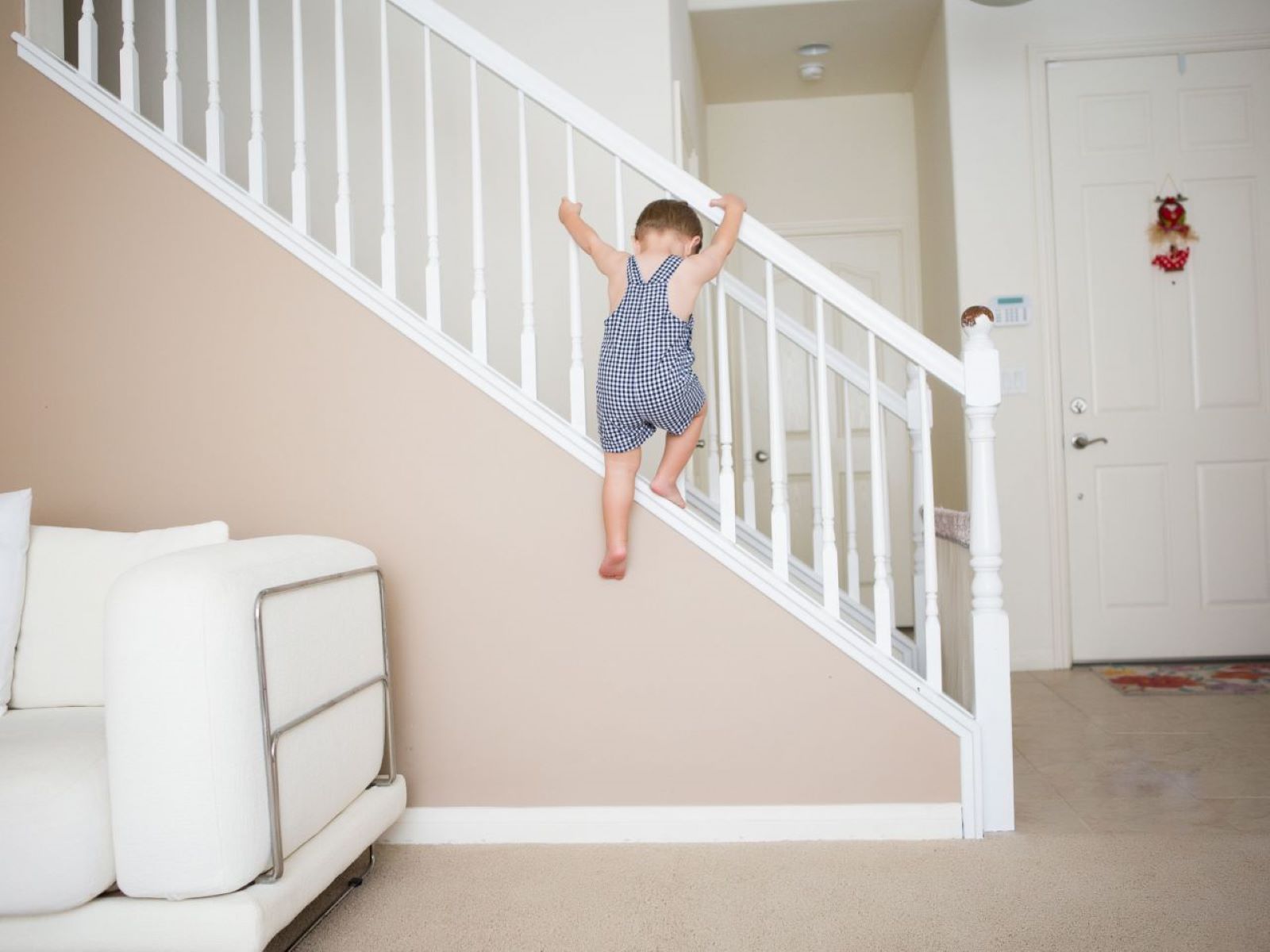
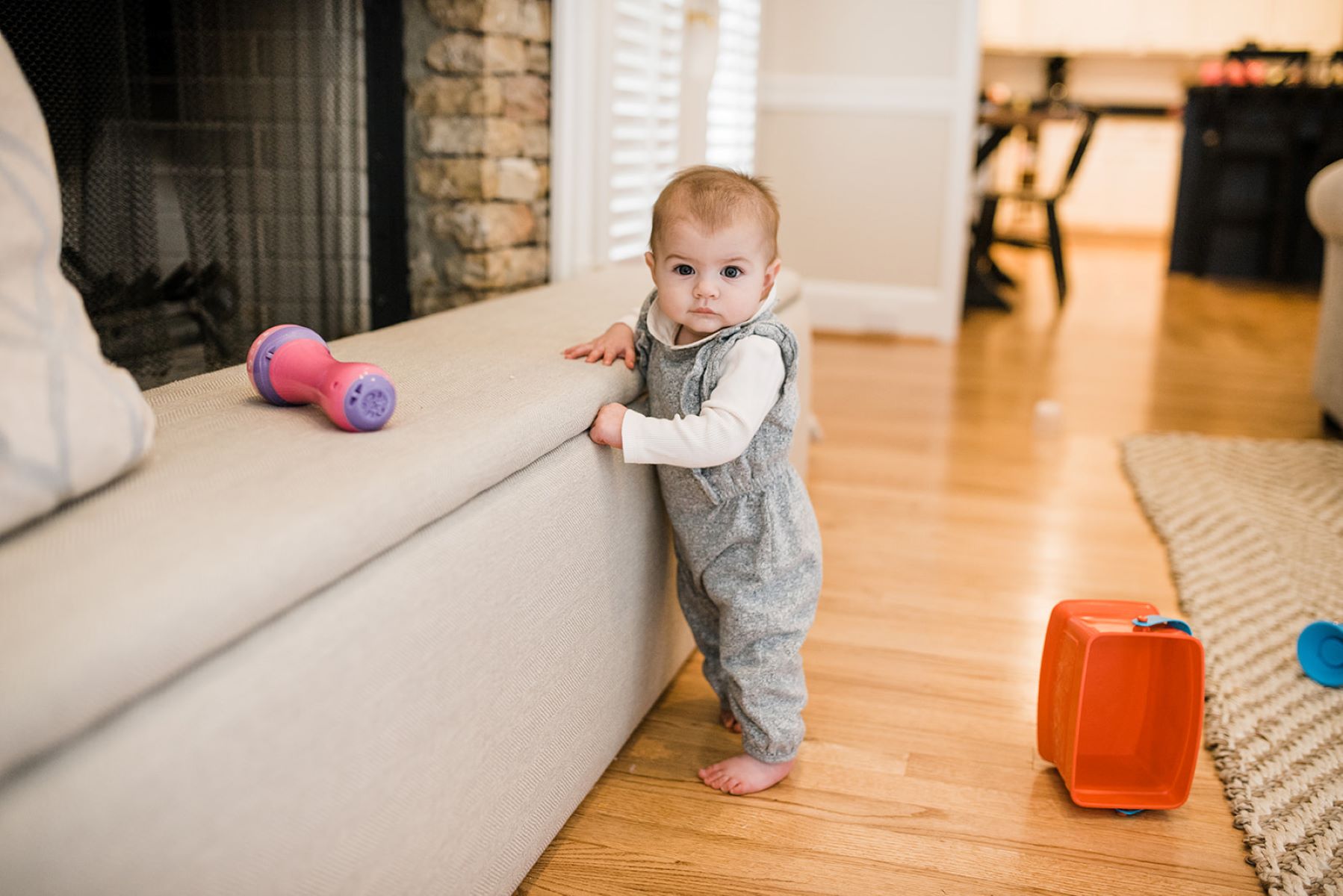
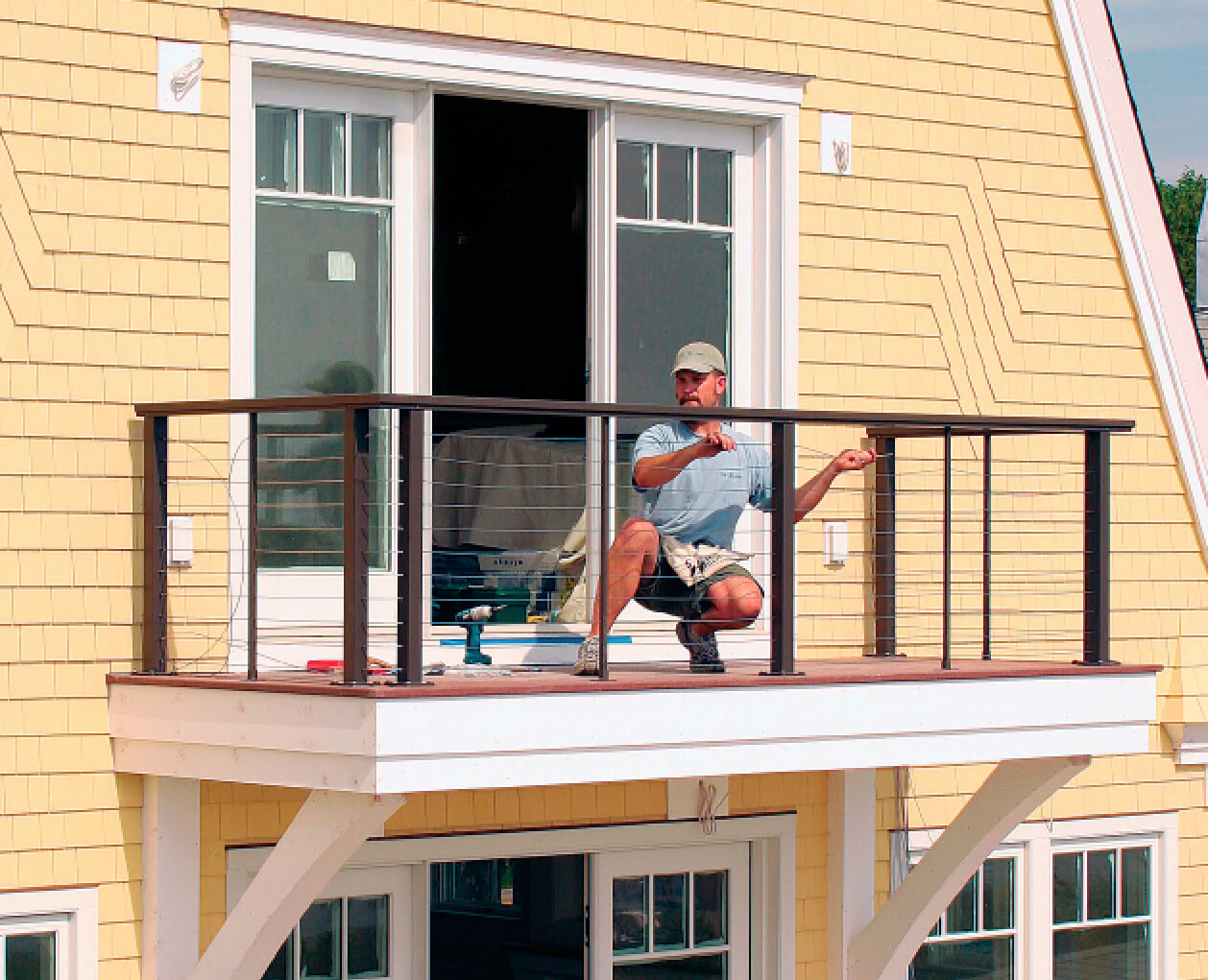

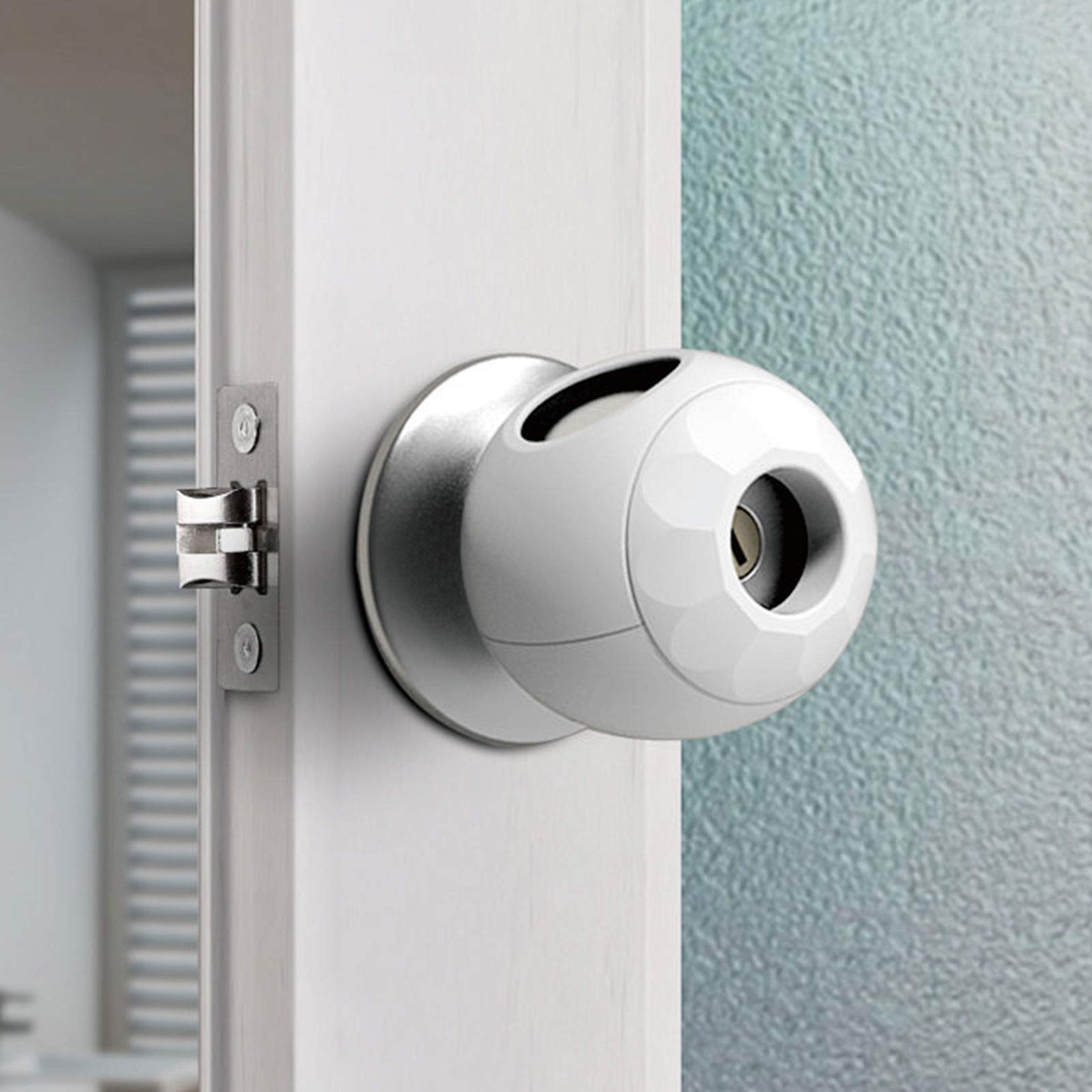
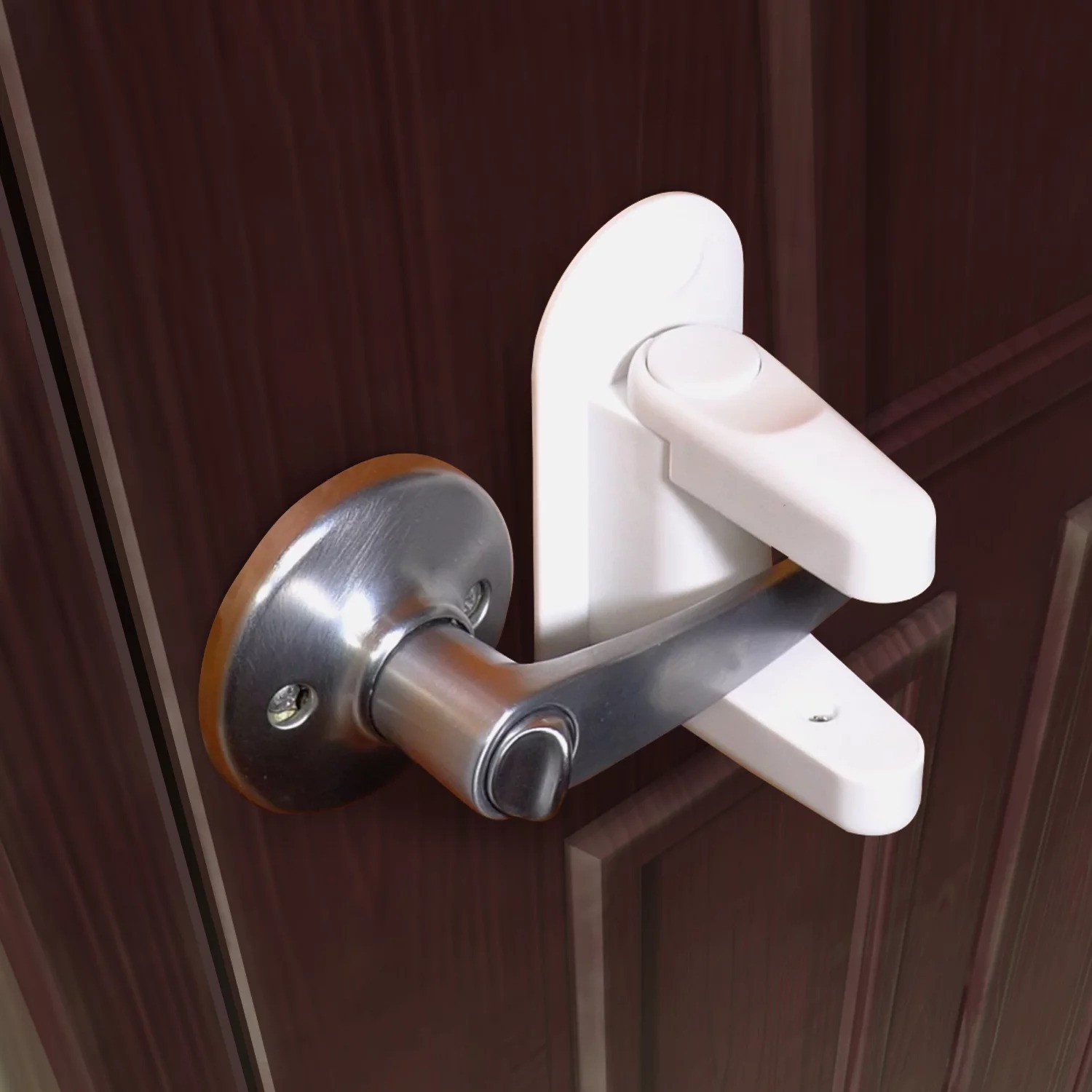


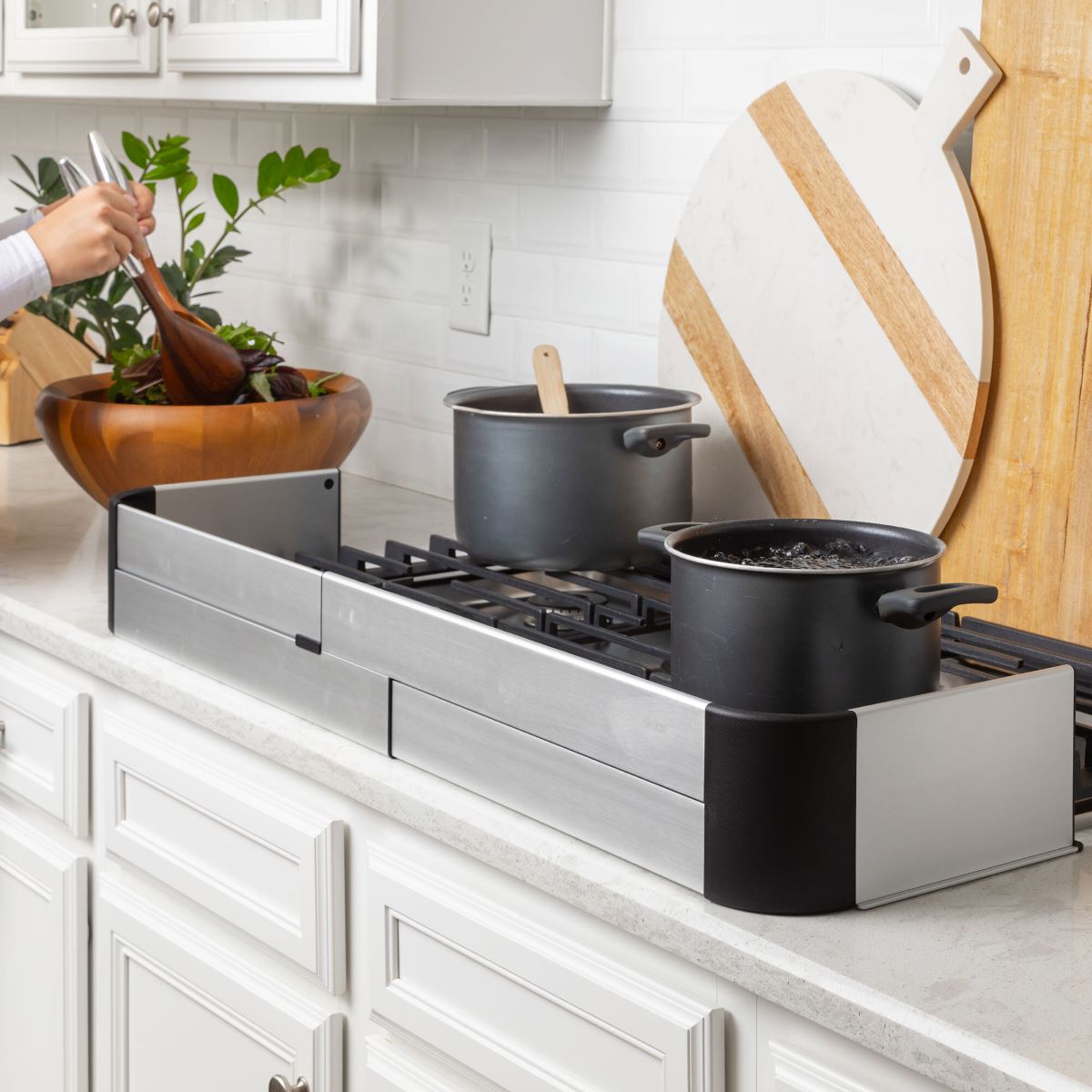
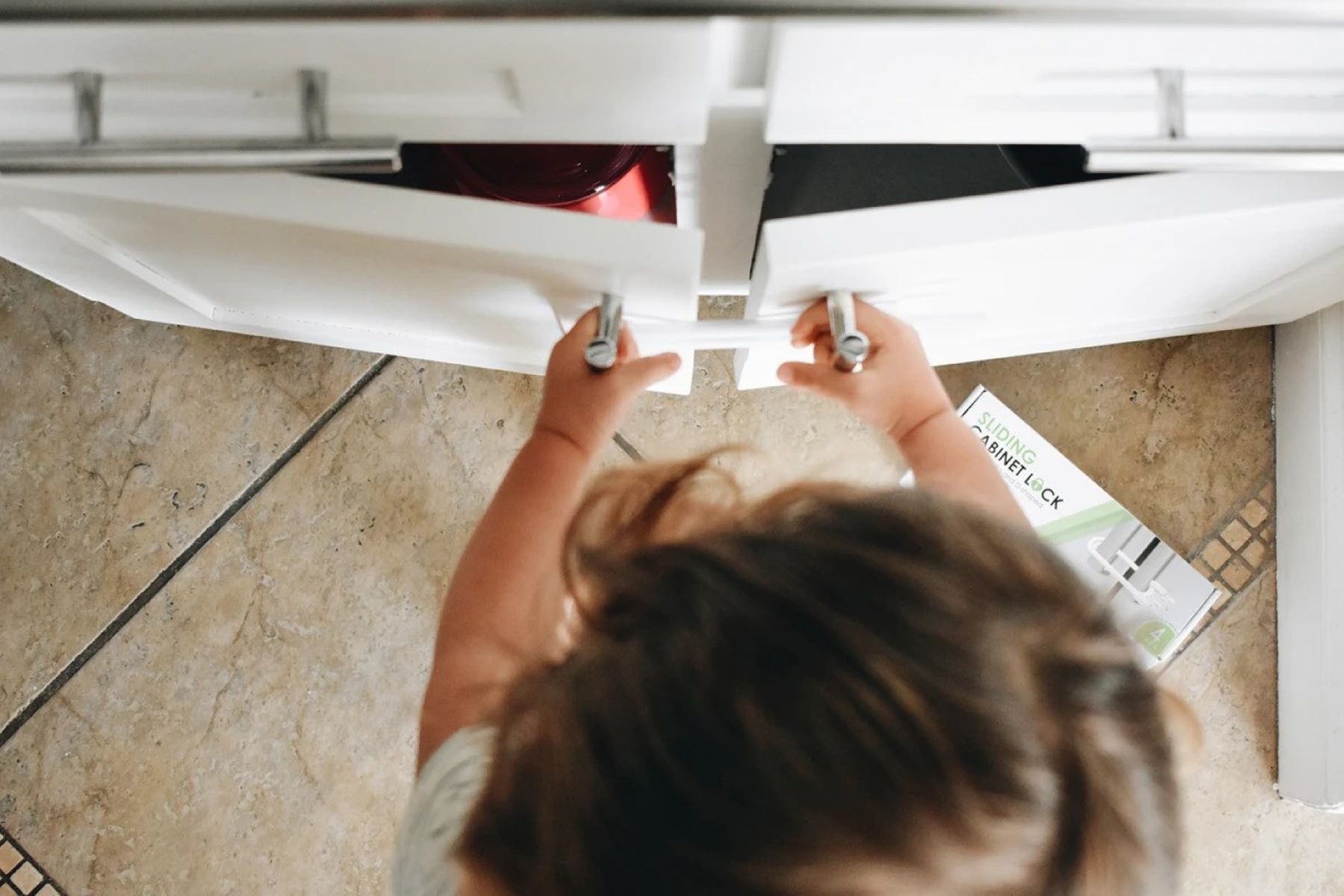
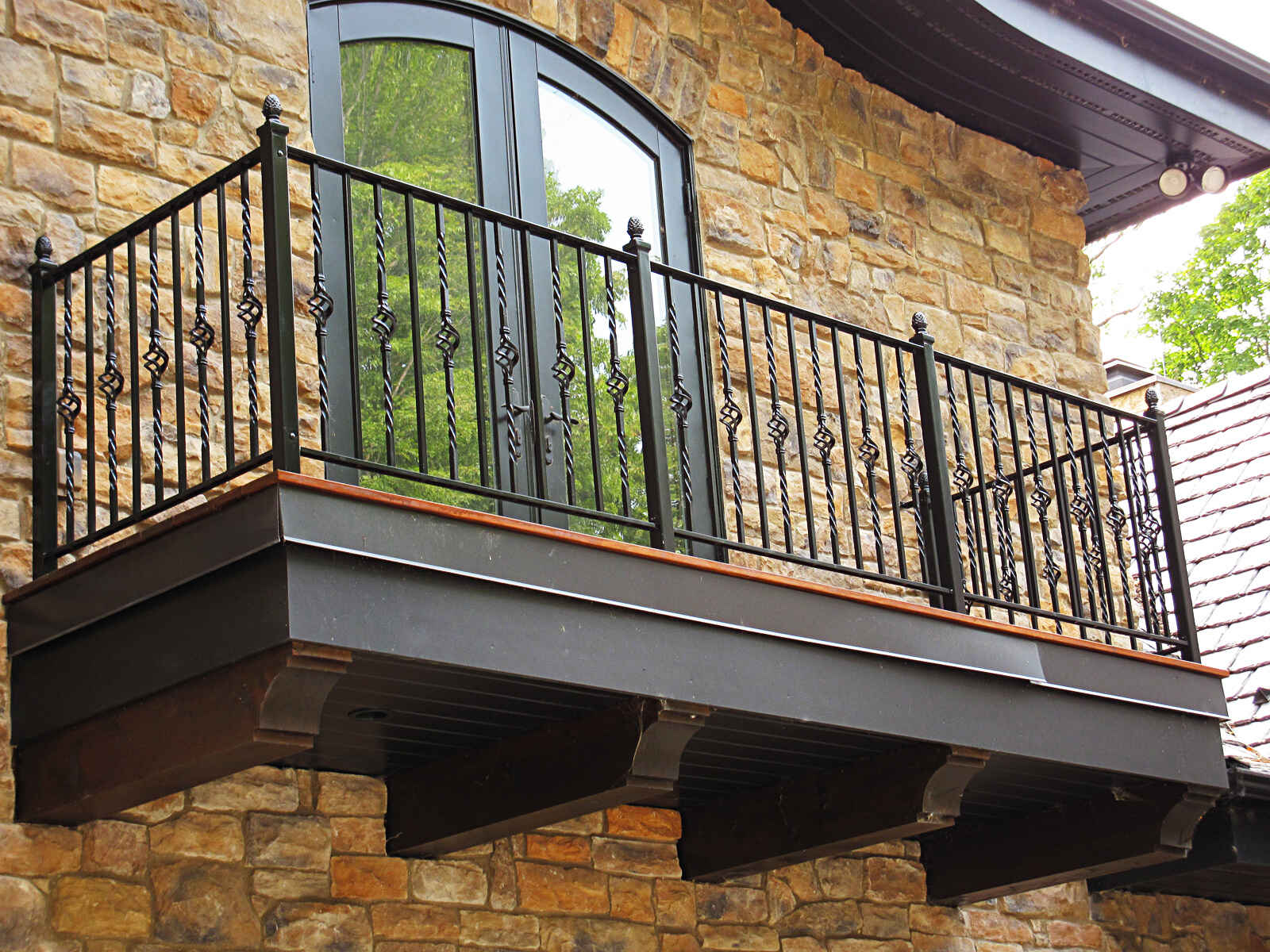

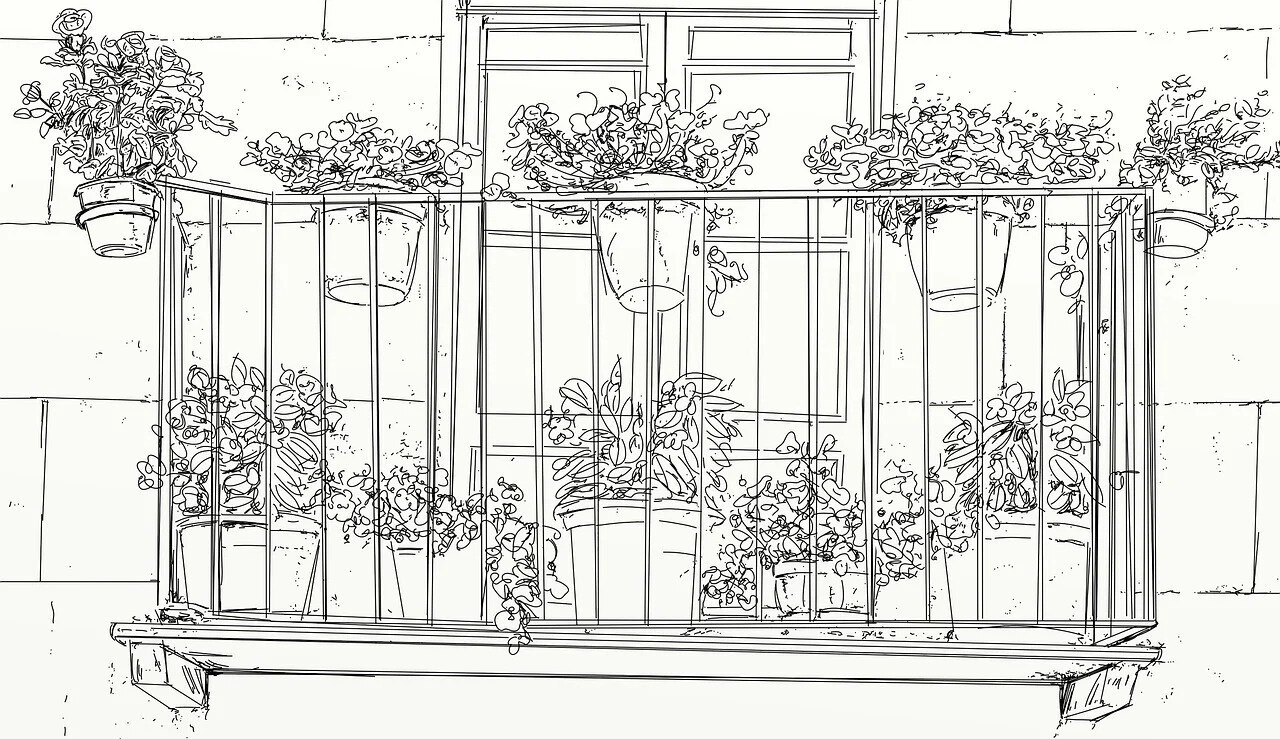
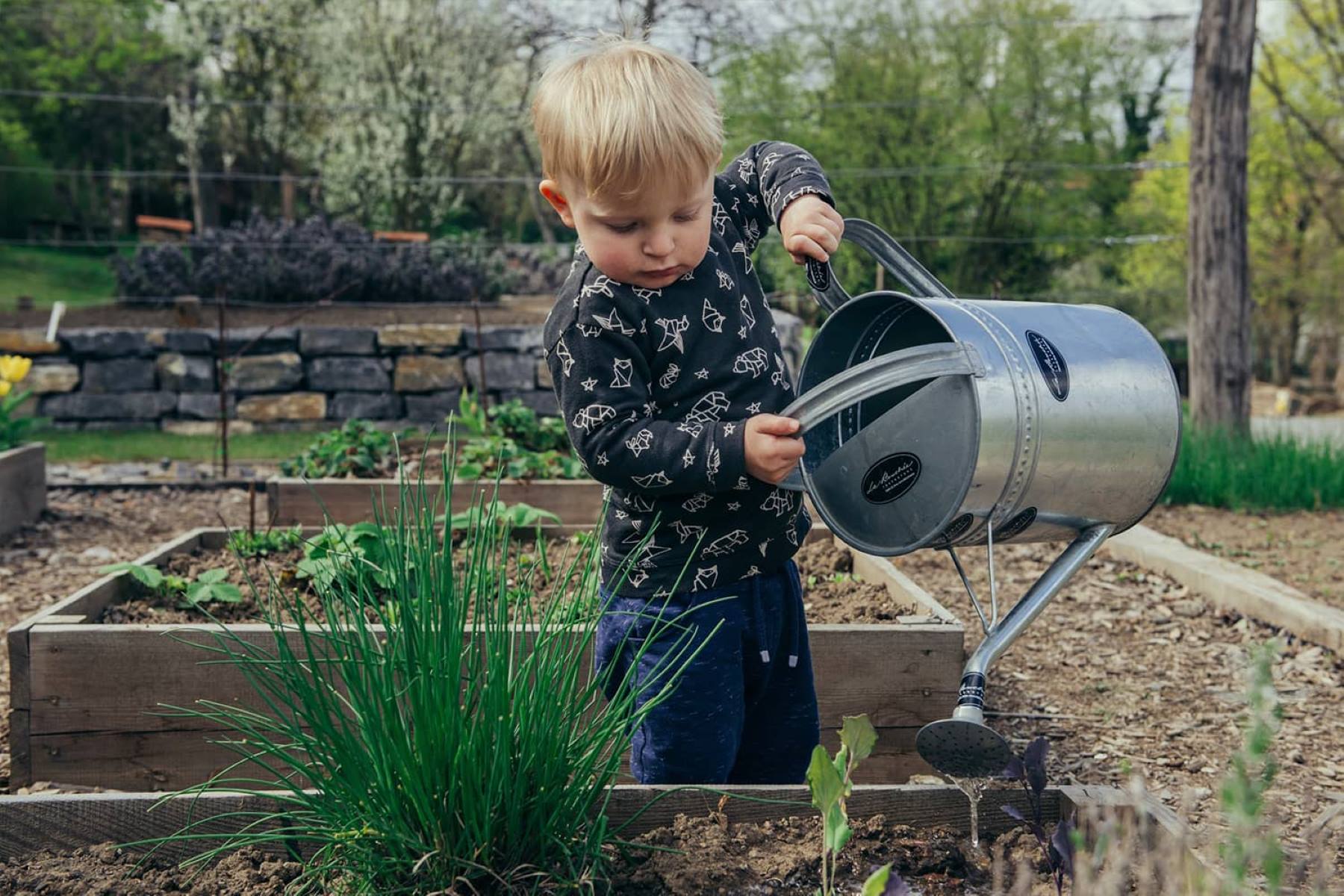

0 thoughts on “How To Childproof A Balcony”